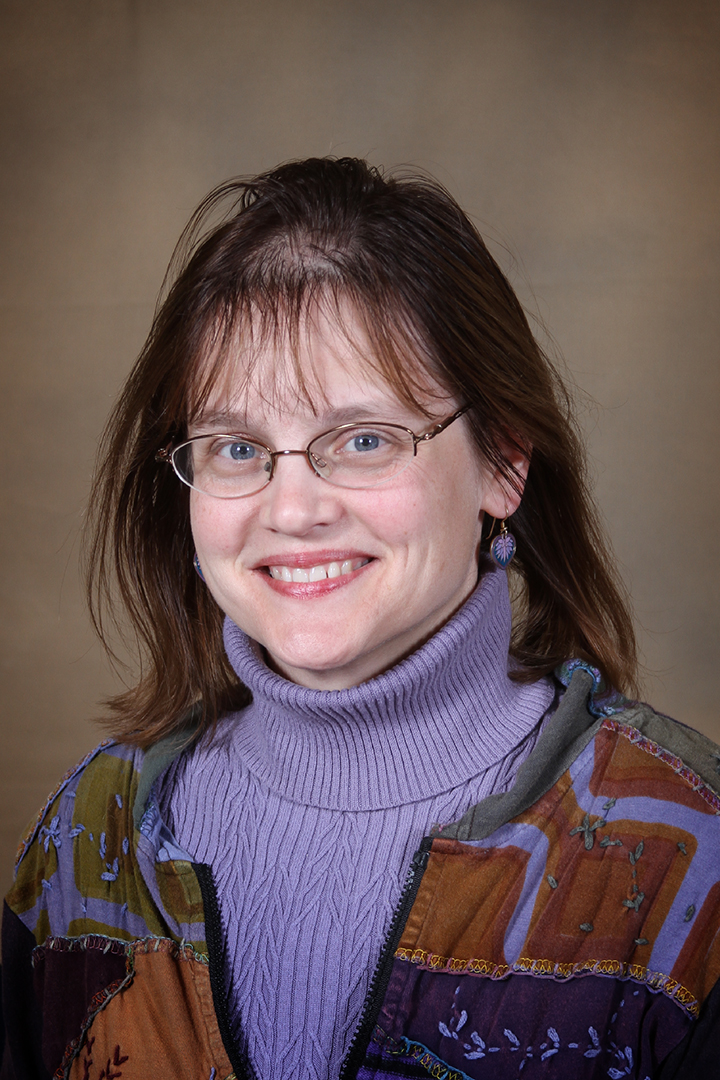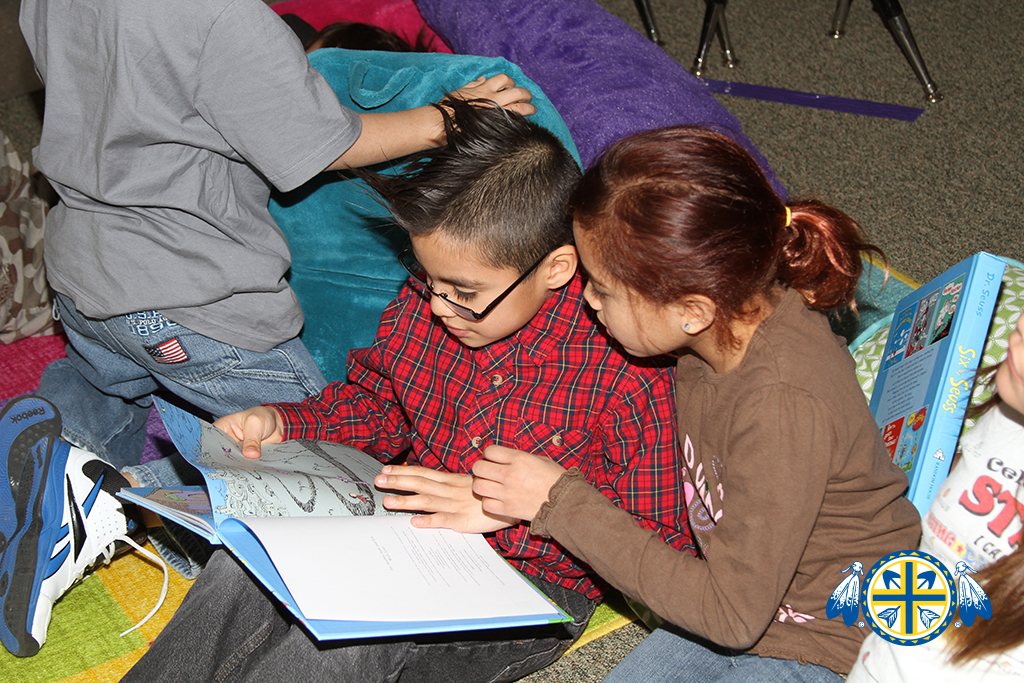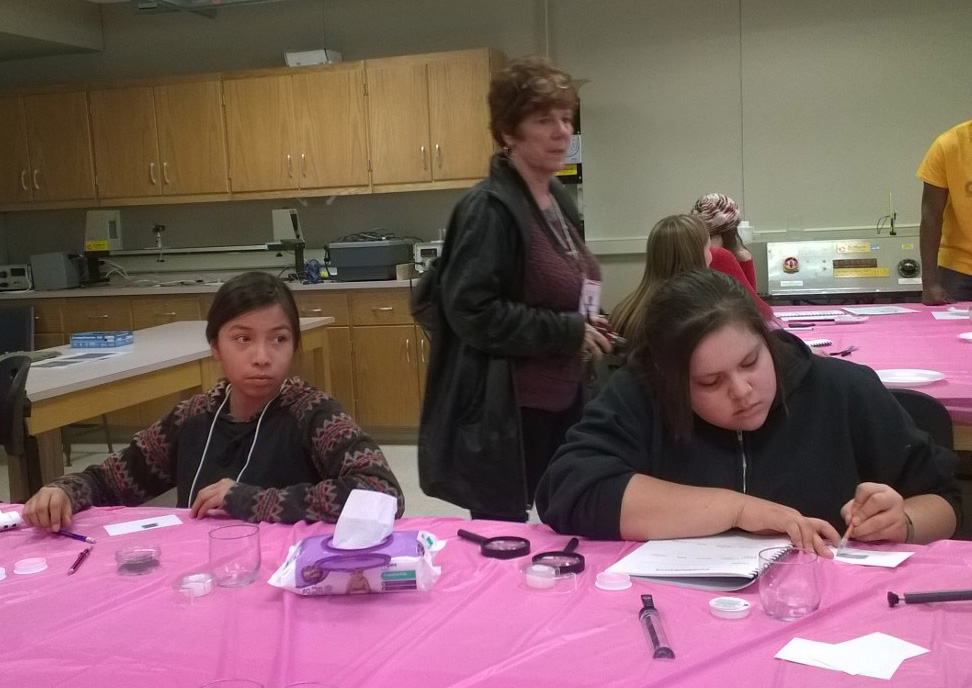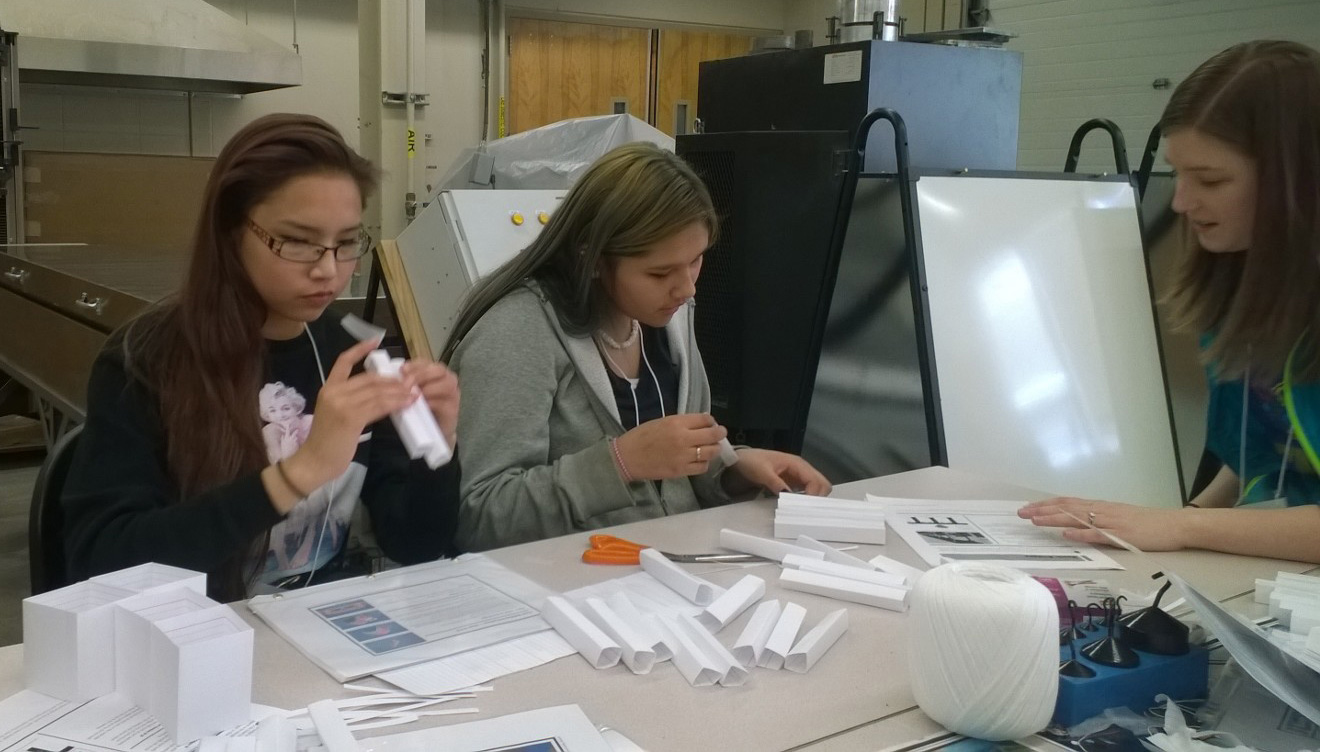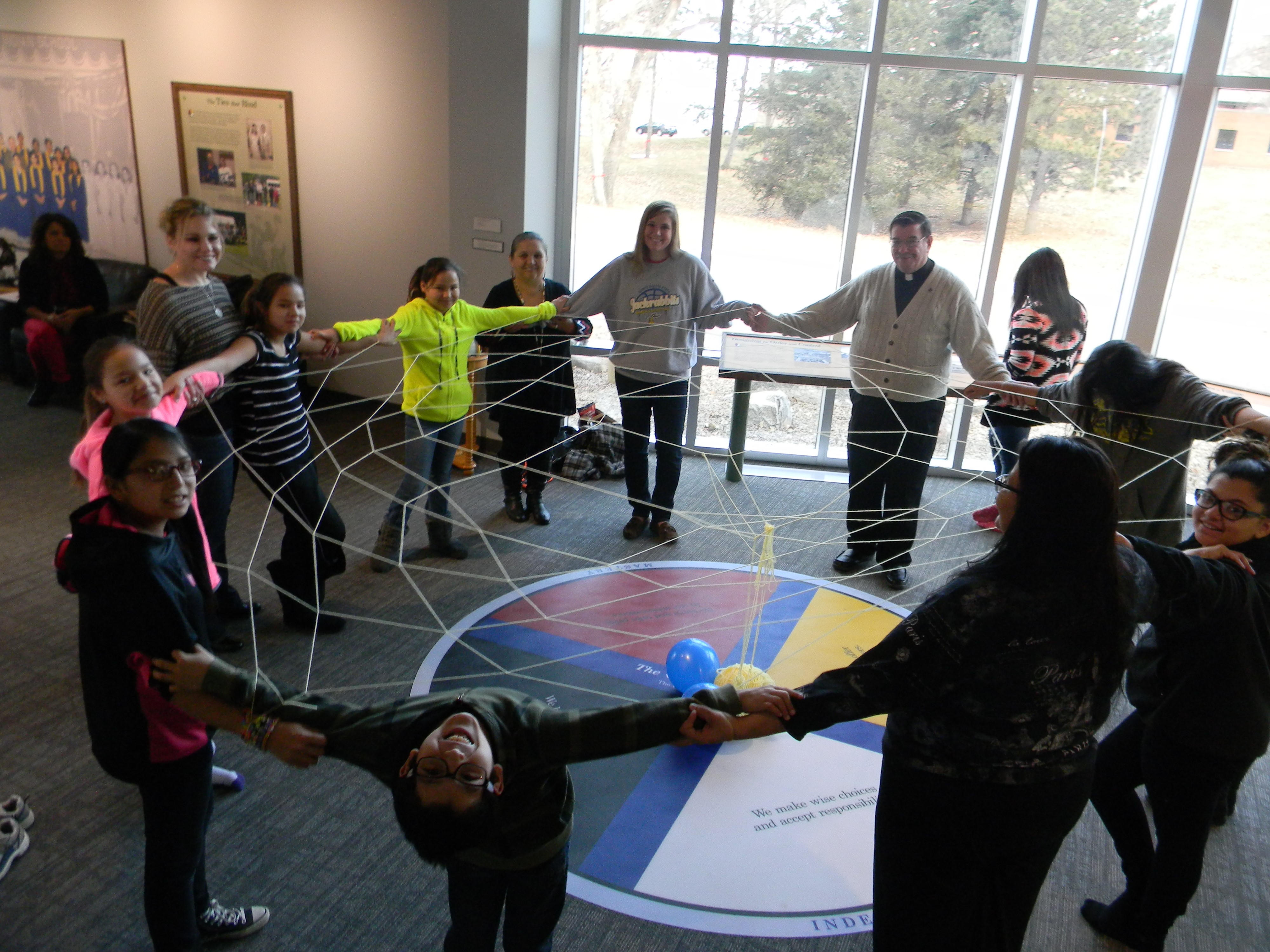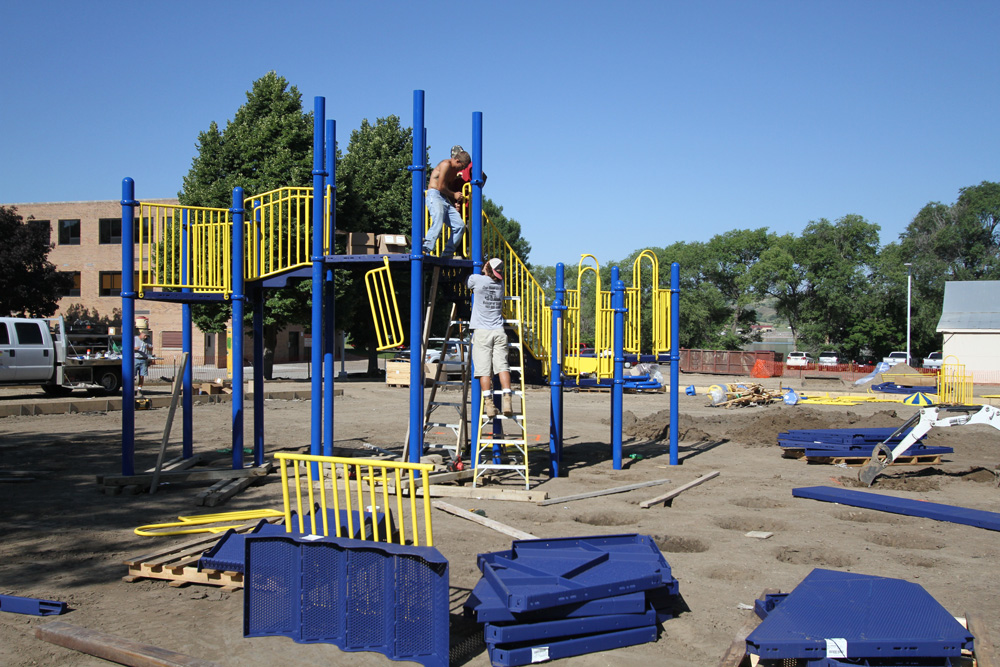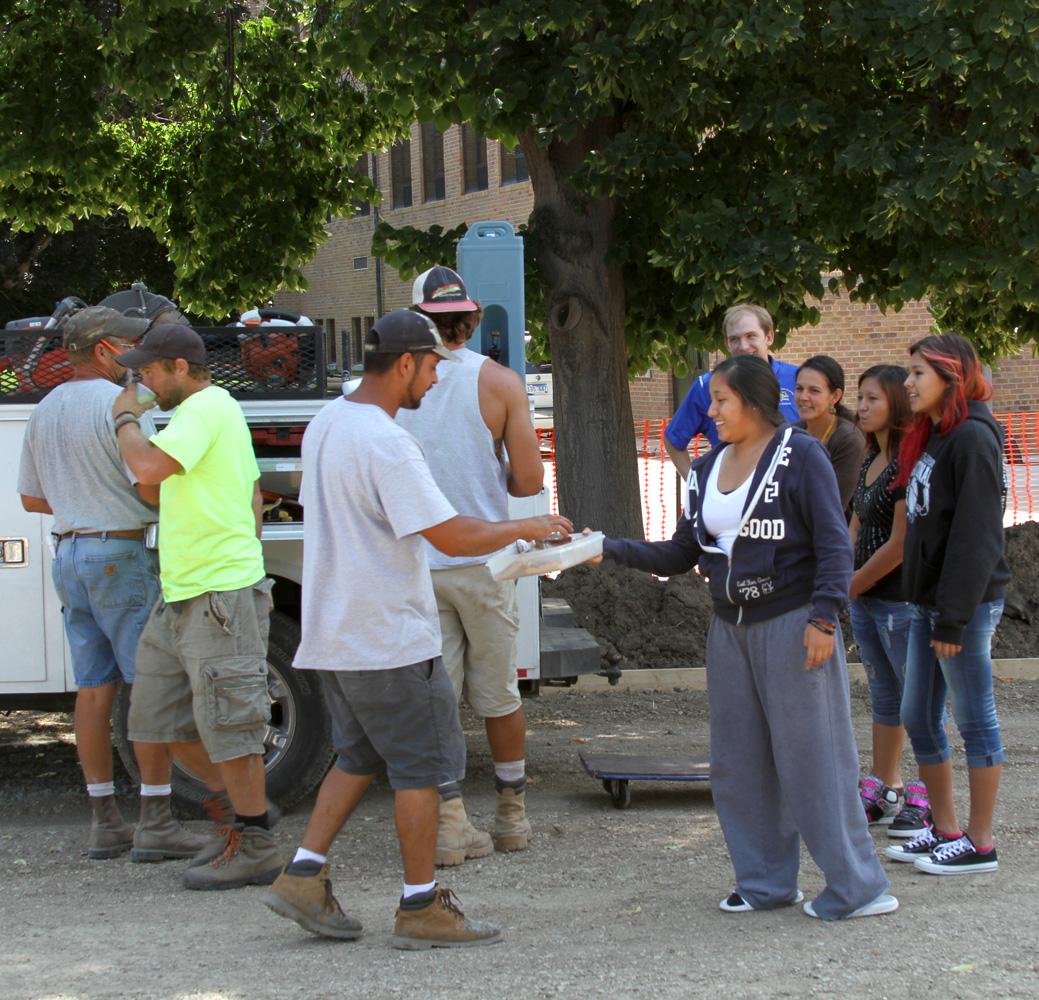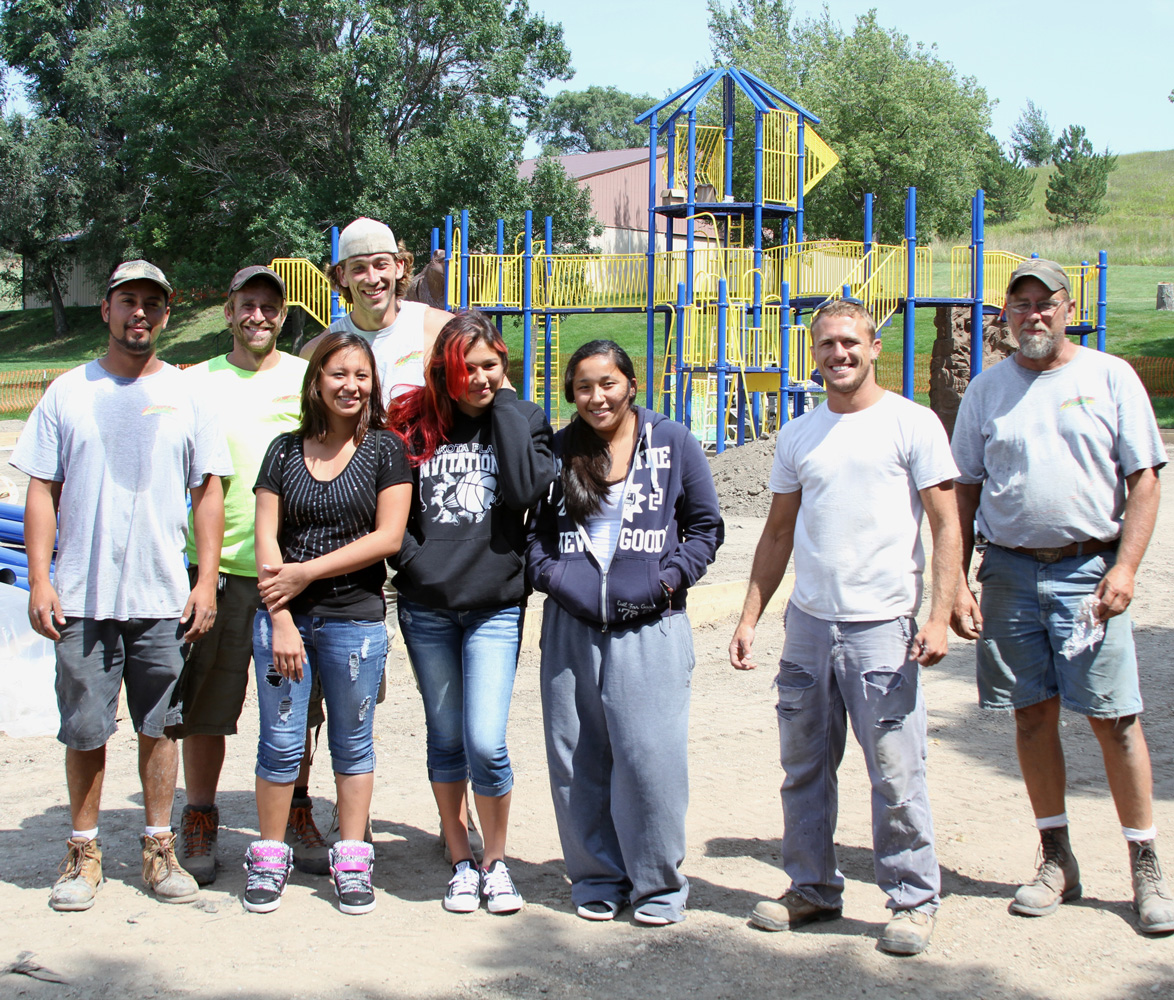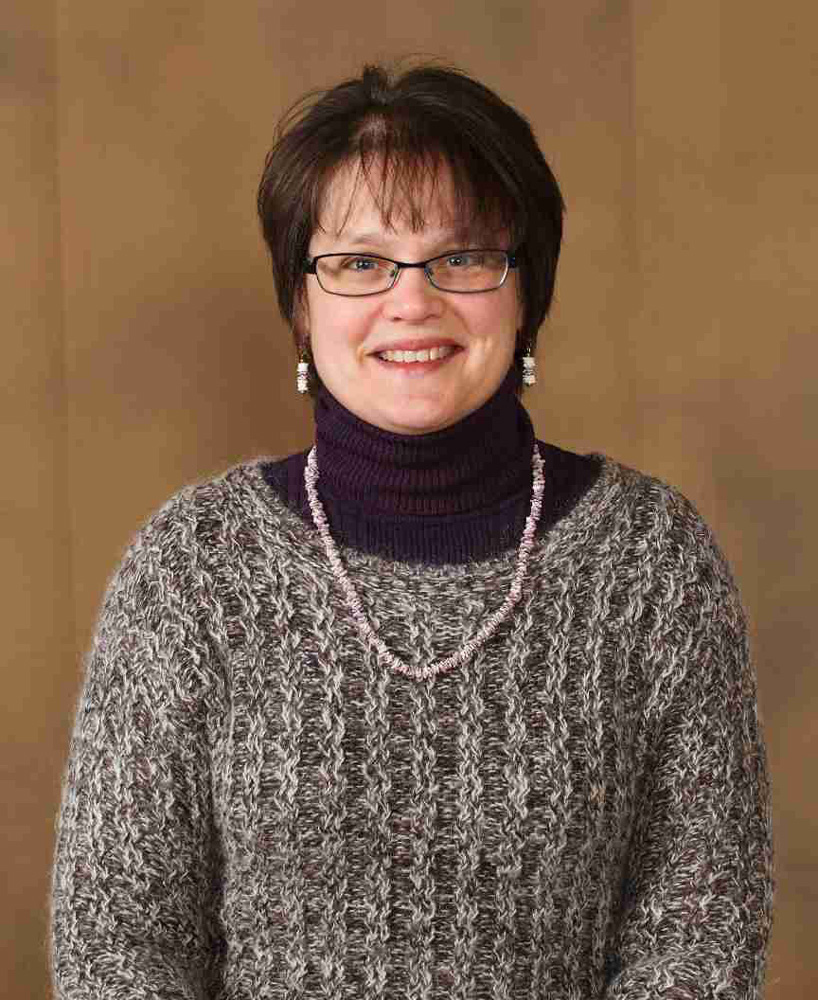
Greetings from St. Joseph’s Indian School!
Last week in the school library, we celebrated the legacy of Martin Luther King Jr. I started out each class by asking the students what they already knew about MLK. Some of them knew quite a lot, and others (depending on their age) not so much. They were quick to volunteer what they did know: He was shot! He worked to make whites and blacks get along! He had a dream!
I talked to them about what King’s dream was—that his children would not be judged by their skin color, but by their insides… “the content of their character.” Then I asked the students to write down what their dream for the future was: two sentences, please, or one sentence plus a picture for the younger students. I let them know that the dreams would be posted in the library and in the hallway.
Asking kids about their dreams is exciting because you never know what you’re going to get. Some students were confused because they “could never remember their dreams when they woke up.” This led to some discussion about the difference between your dreams at night, and the things that you hope about for the future.
Dreams ran the gamut from immediate (Claire will give me some candy) to long term (I want to go to college, get a job and take care of my family). There were a lot of future NBA/ NFL hopefuls, as well as potential nurses, teachers and doctors. Some students wanted to meet (or beat) their icons, like Stephen Curry and Adele. Others wanted to vote for a Native American presidential candidate. And one kid wanted to go the evil genius route and rule the world. Bwa ha ha.
Many students had dreams of seeing better things in the world, like no war, bullying or ISIS. They would like people to stop fighting and doing drugs. They dreamt of having their Lakota (Sioux) culture and language preserved, and of going to powwows and sewing regalia. One student wished that single moms didn’t have to work so much that they couldn’t spend time with their kids. Another dreamed of having lots of money so they could help out their family.
Some students were quite adamant that they had “no dreams.” I wasn’t quite sure whether they meant that they were in full-on despair, or that their “dream” was to avoid having to write two sentences. Maybe both?
It is risky to talk about dreams, because maybe they won’t come true. Or maybe people will laugh. Or maybe their dreams have been stomped on enough that they aren’t worth having. I don’t know. I just dared them to dream anyway—even if it was just that we would have candy for lunch.
What I do know is this: being at St. Joseph’s helps these students reach for their dreams. They are able to be connected to their culture, get an education and give back to their communities. Maybe playing for the St. Joseph’s Braves or the Chamberlain Cubs is their first step towards playing for the Golden State Warriors, and maybe graduating middle school/high school is their first step towards a teaching degree.
Thank you for supporting our students and staff as we reach for the future.
Claire


